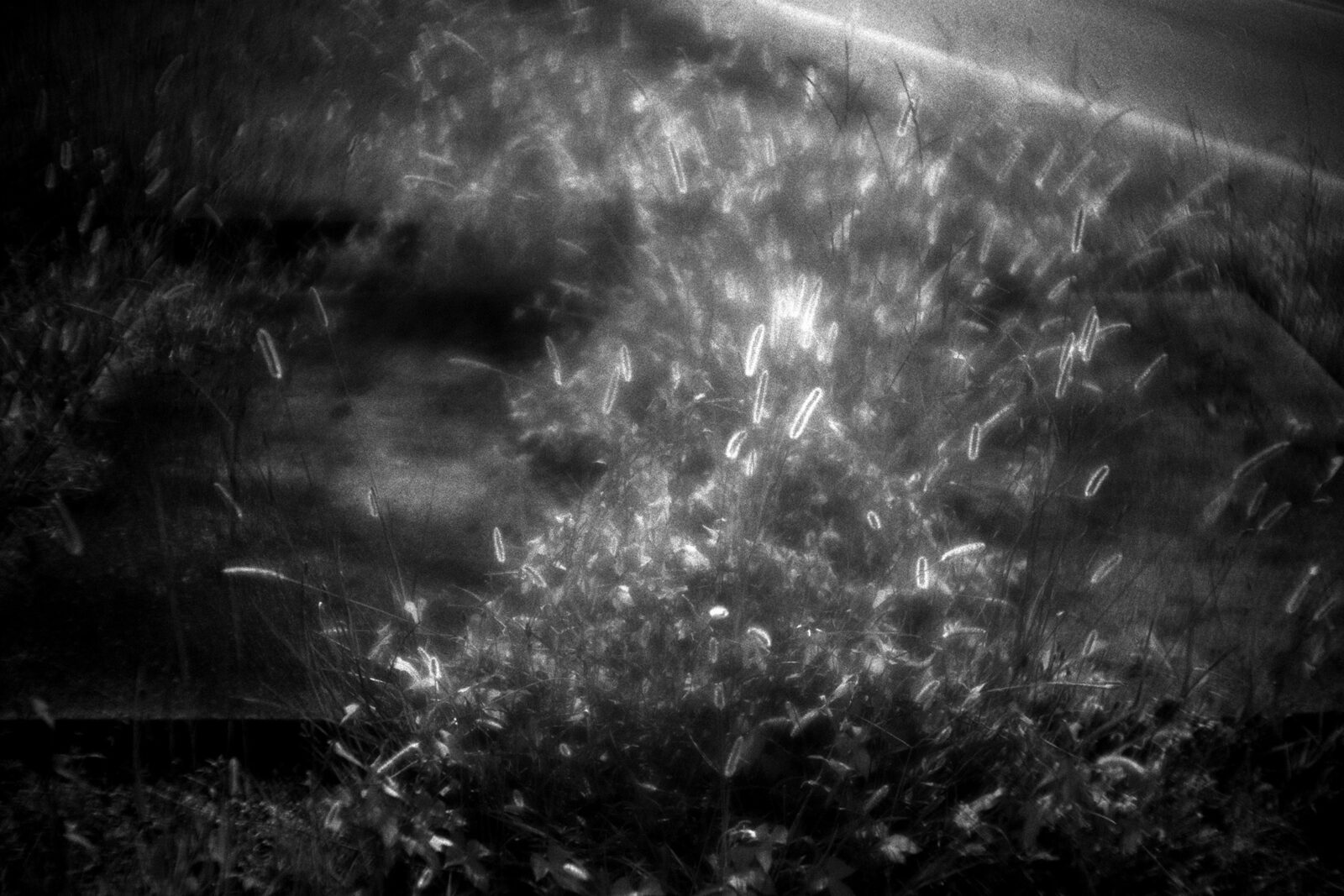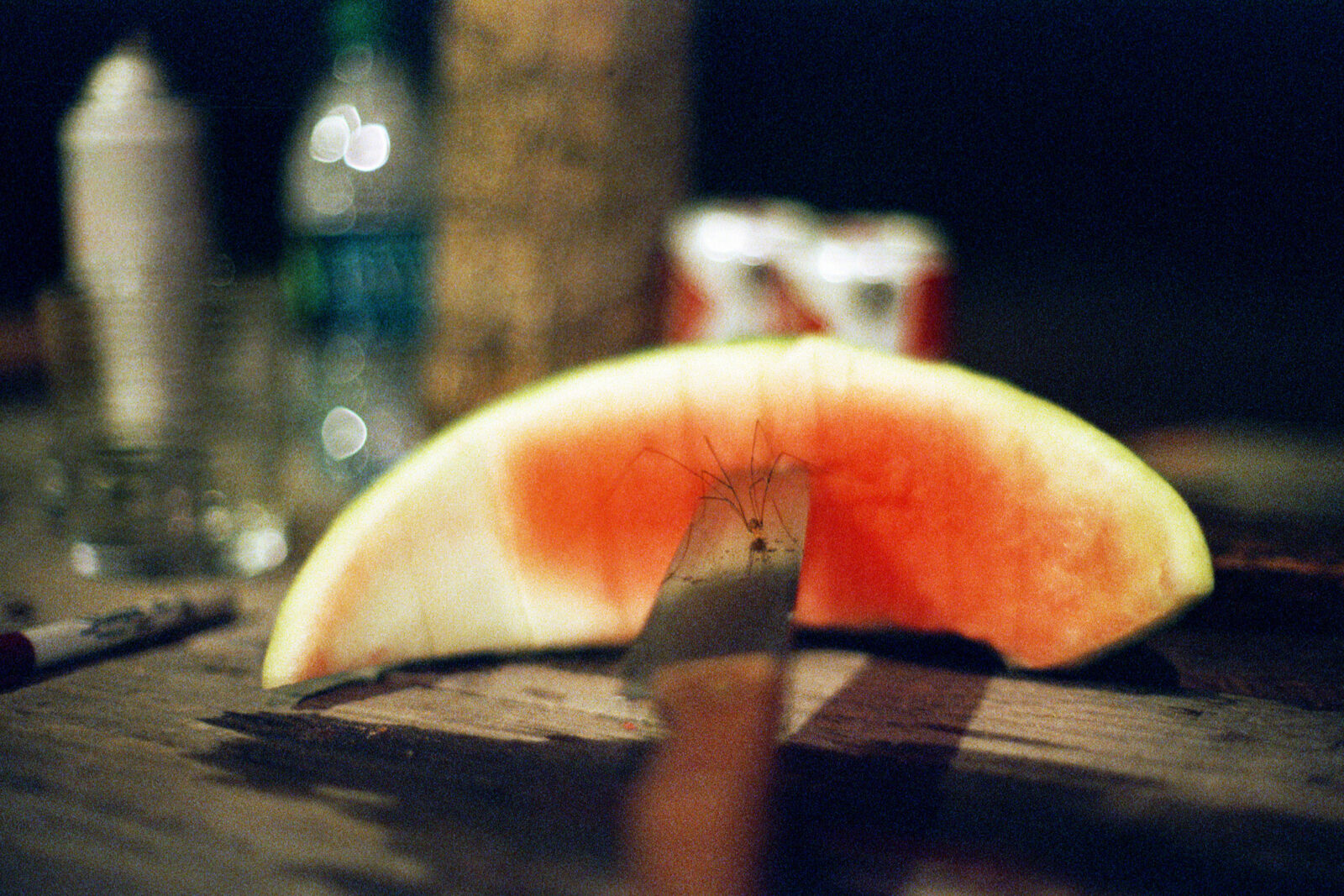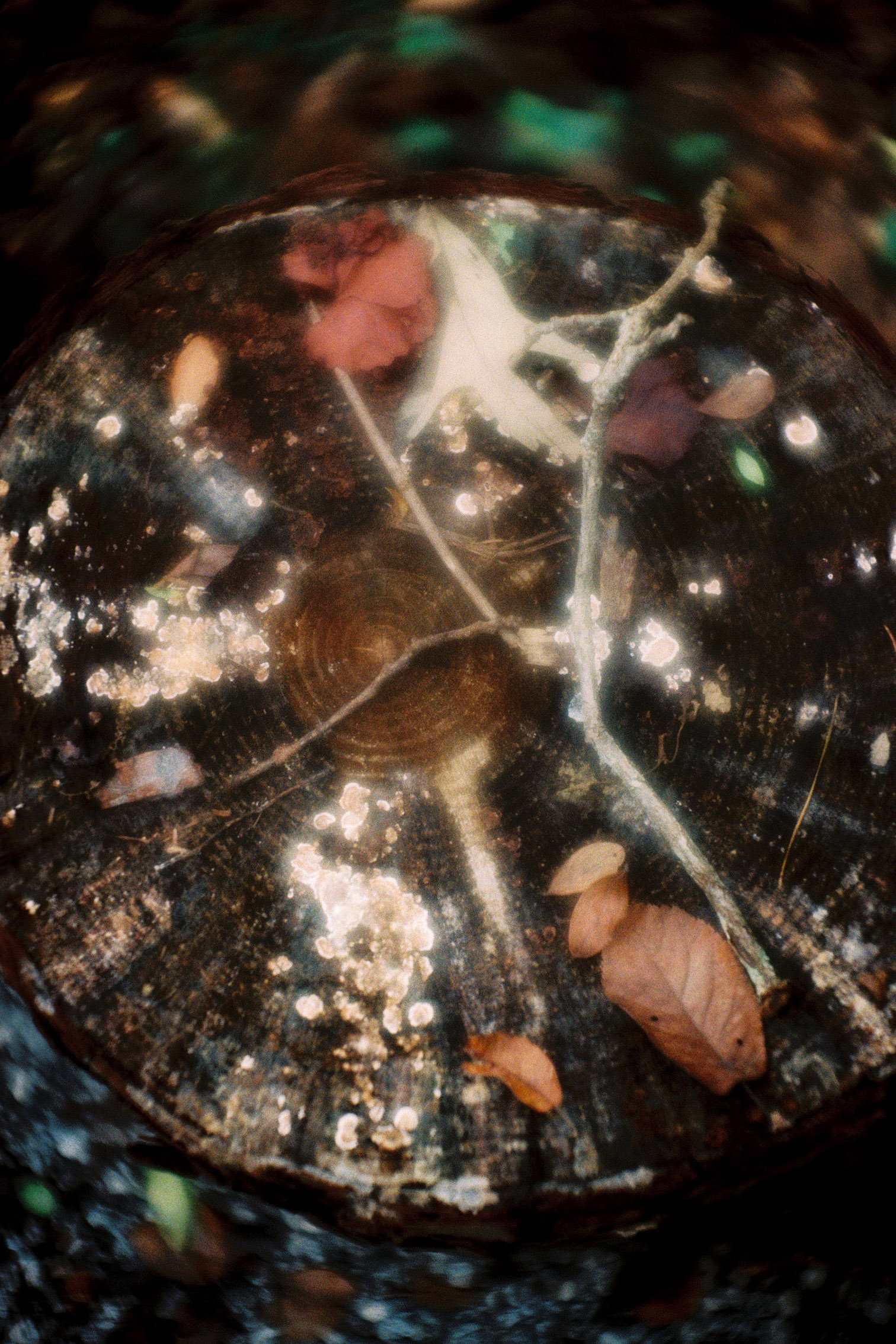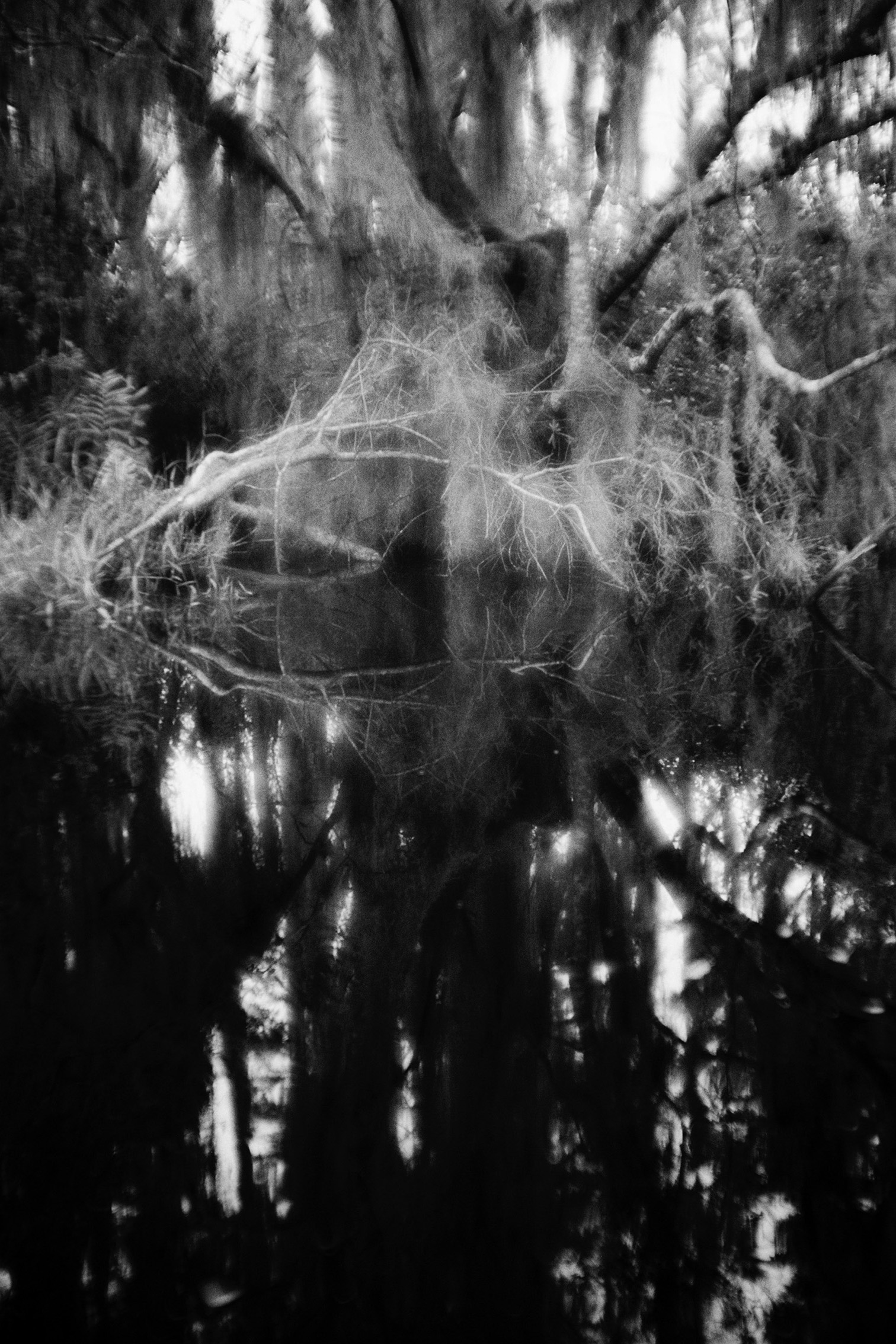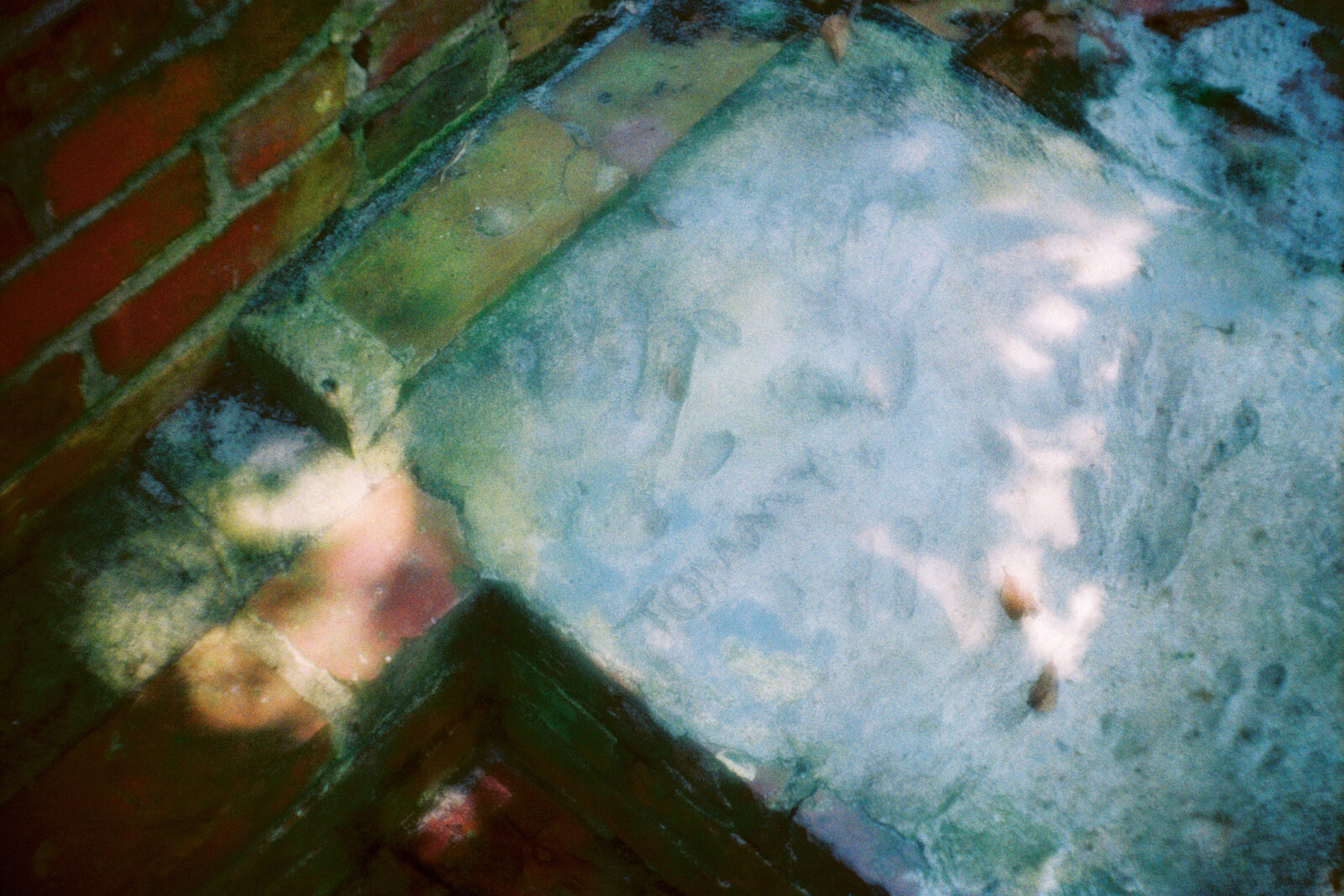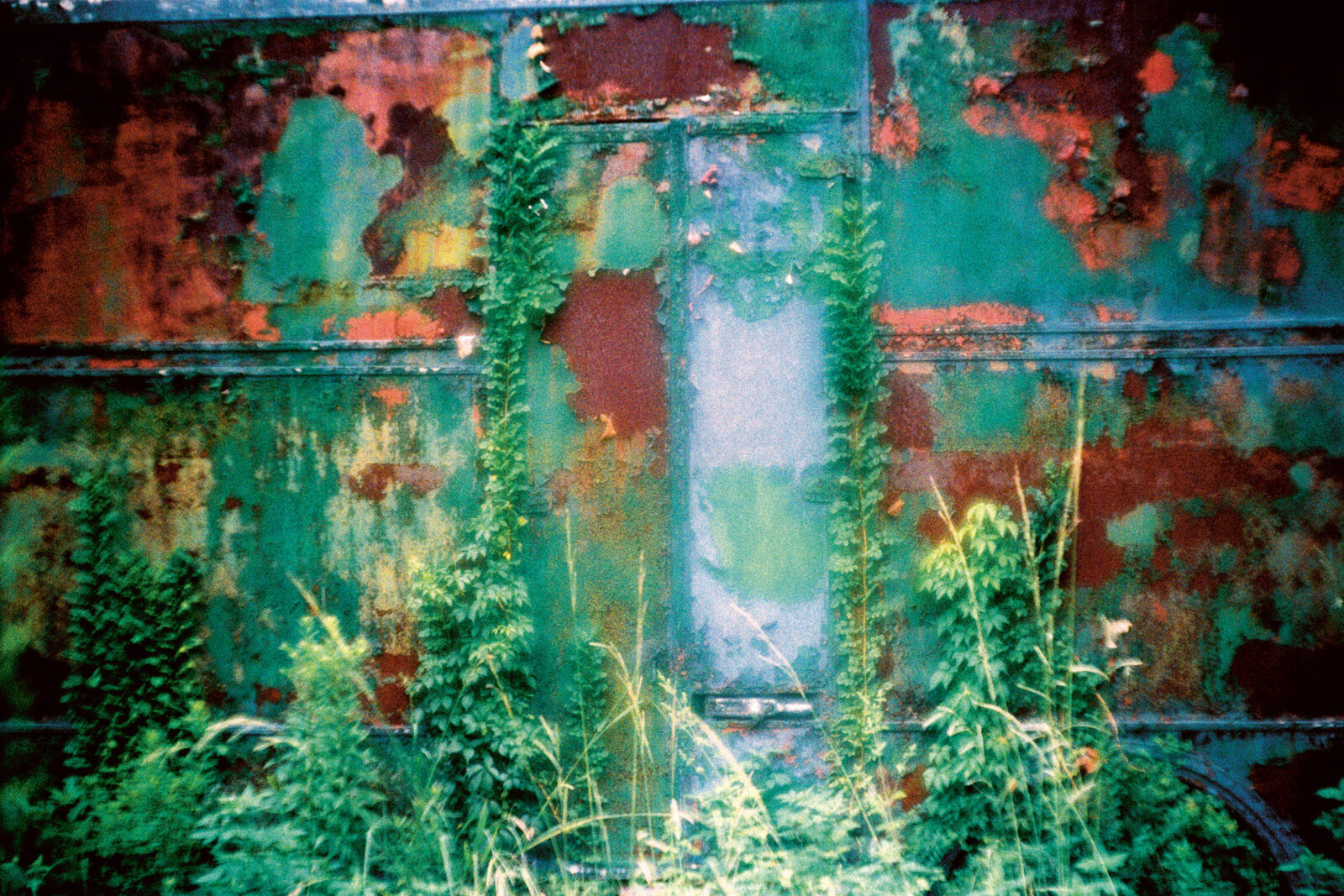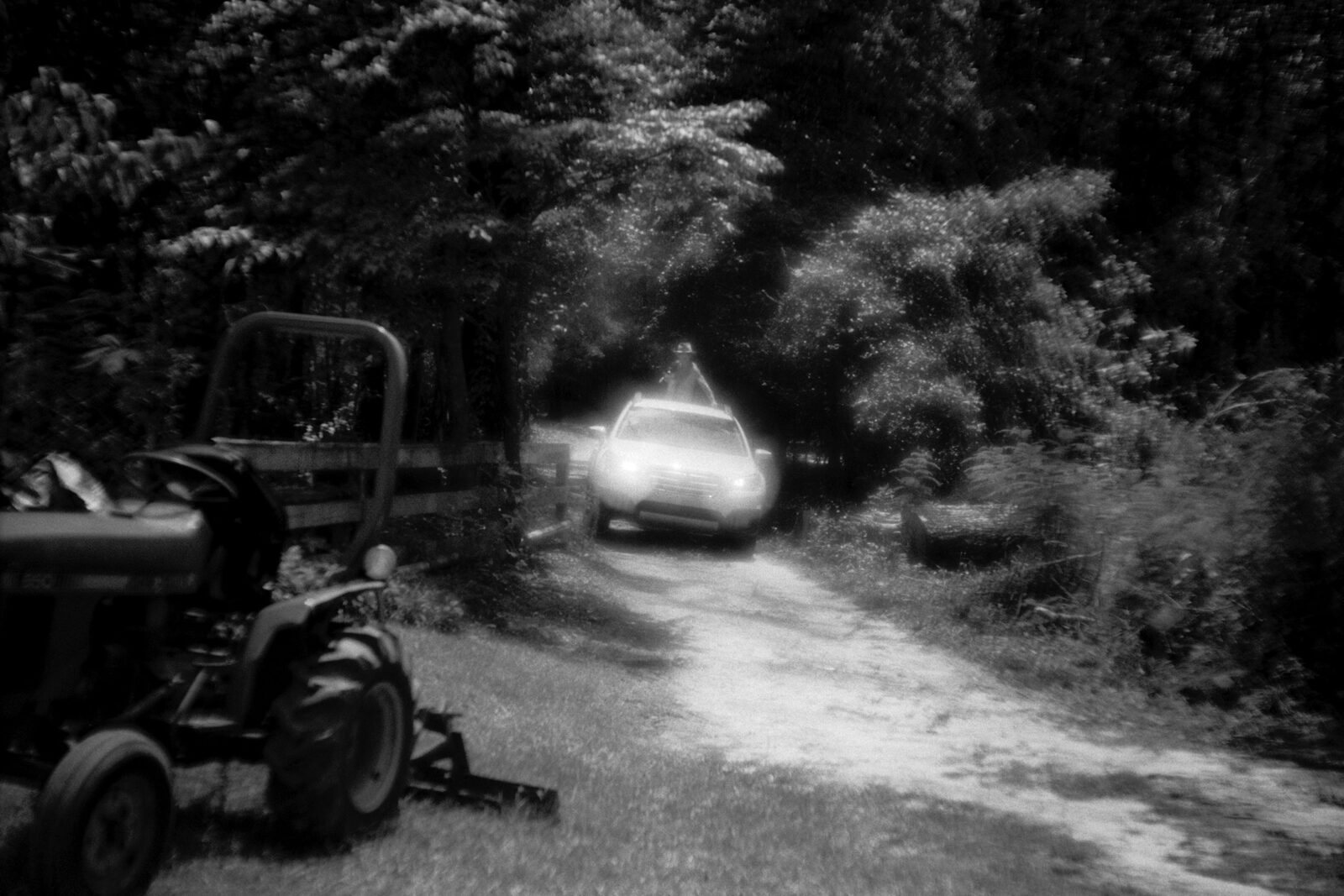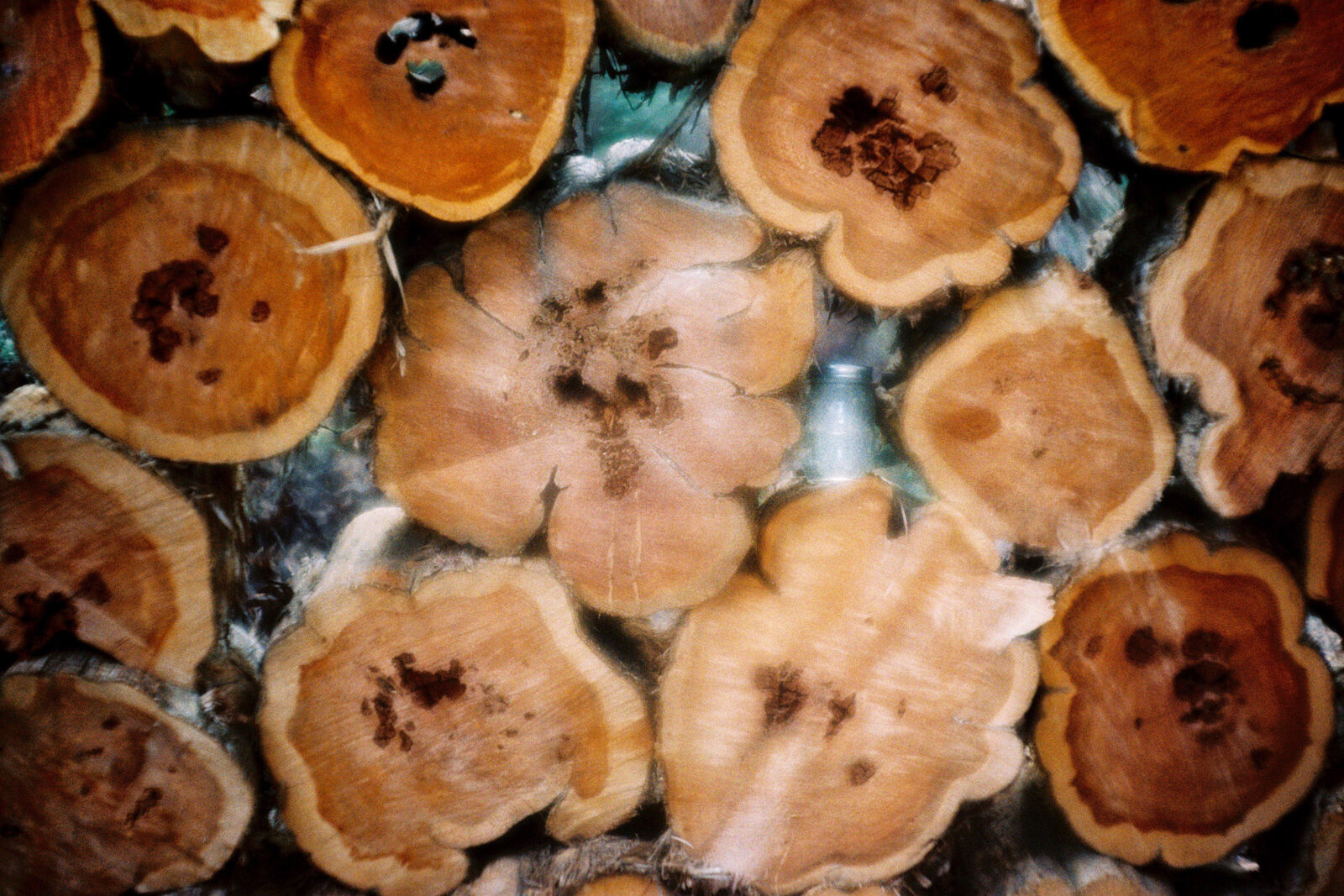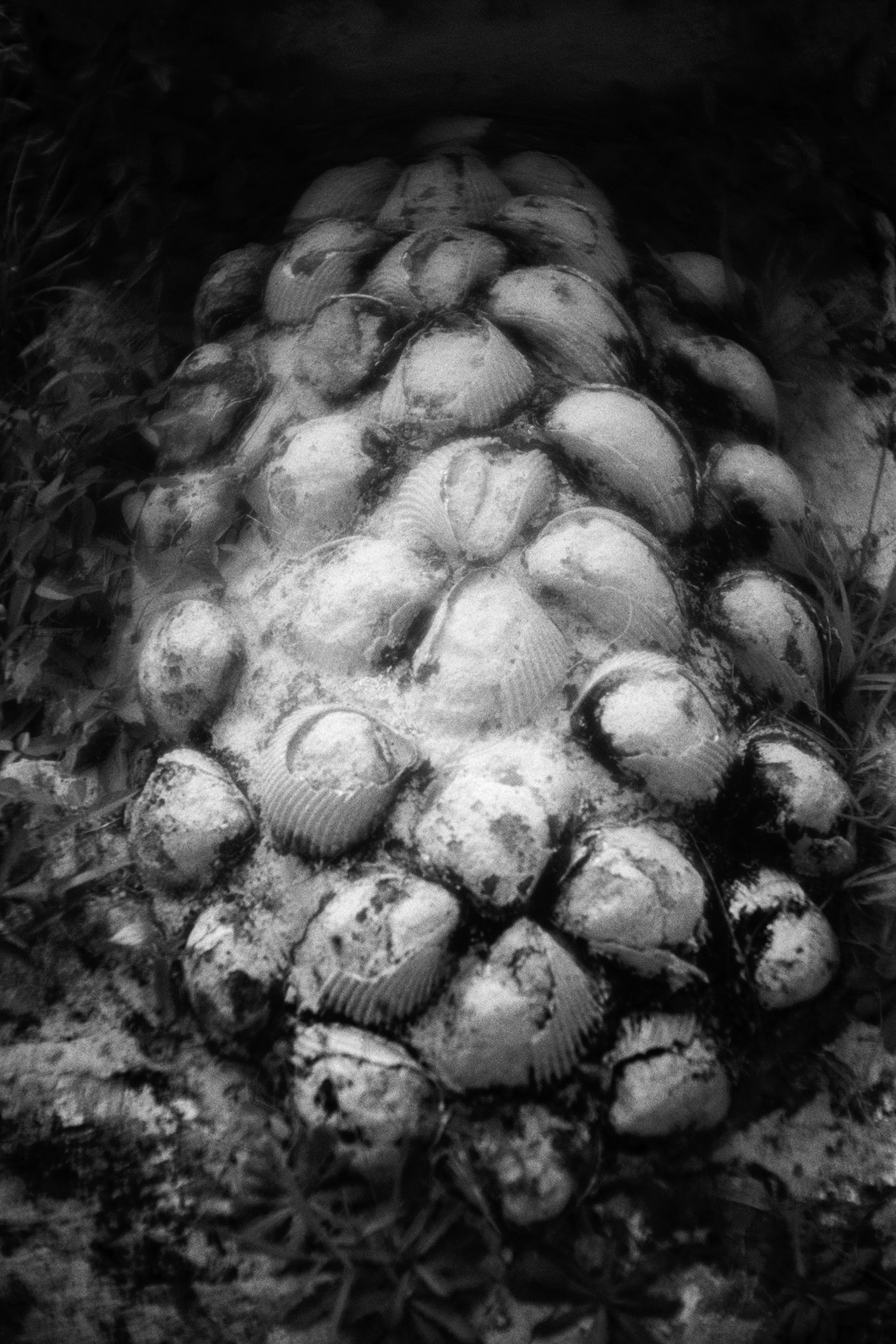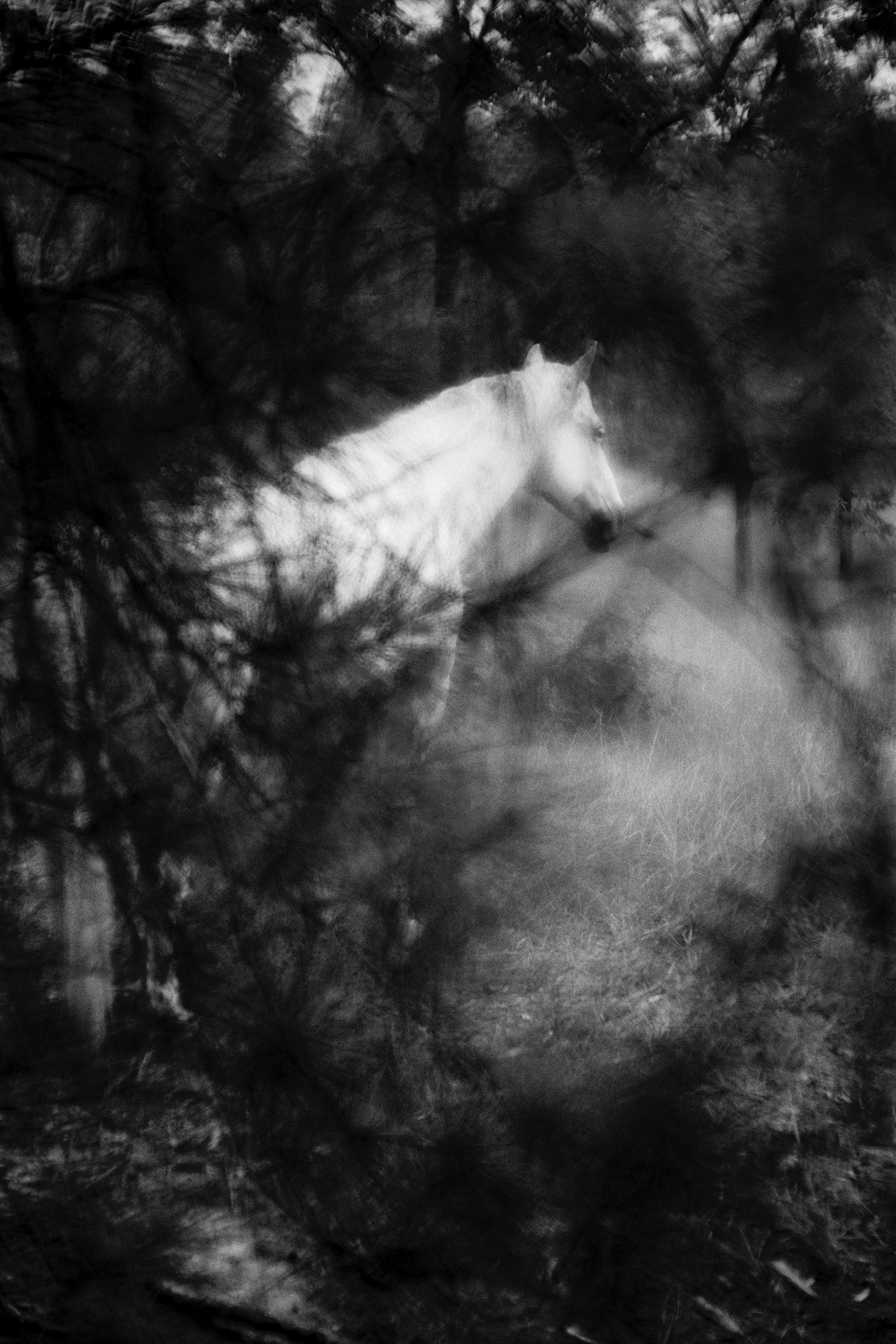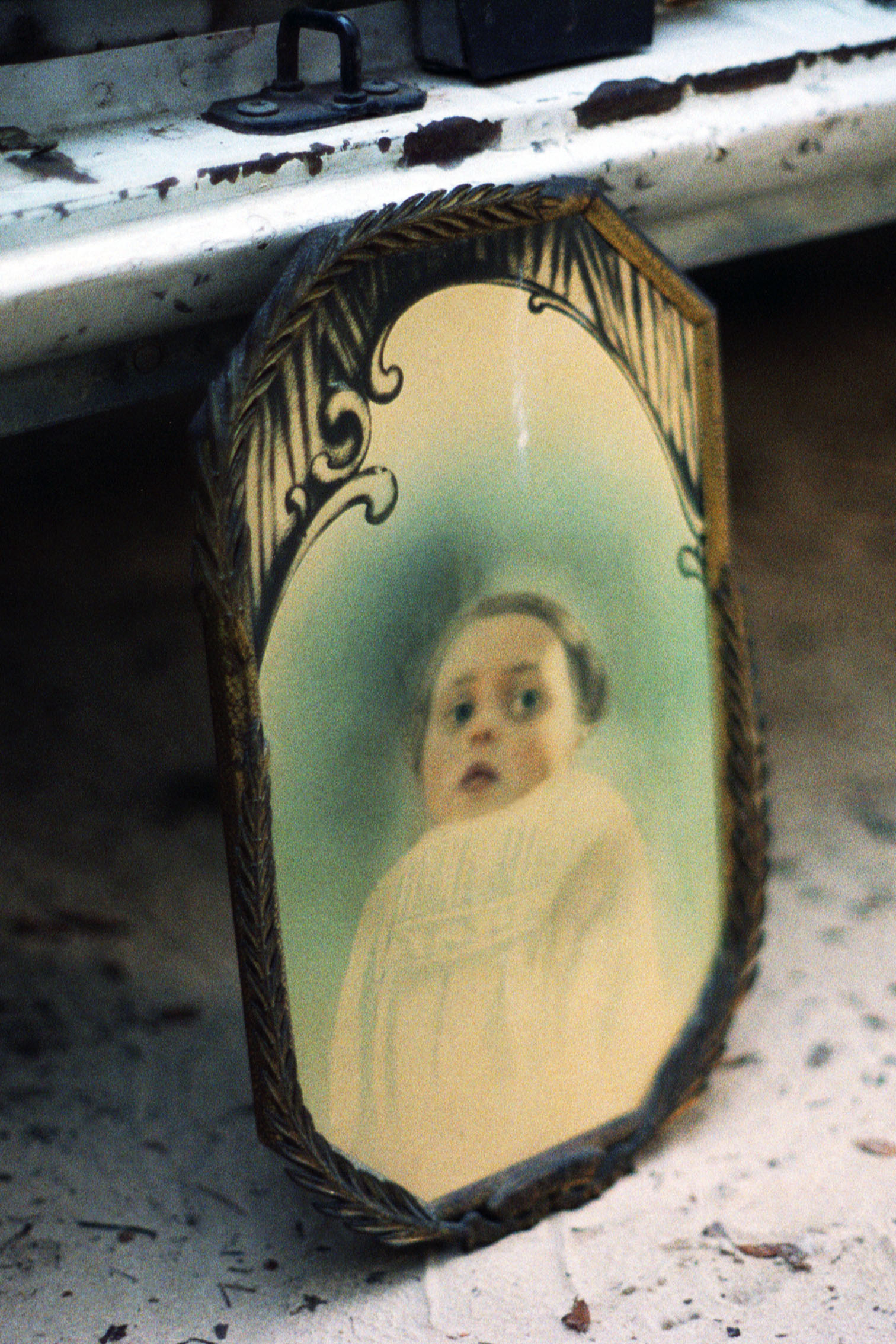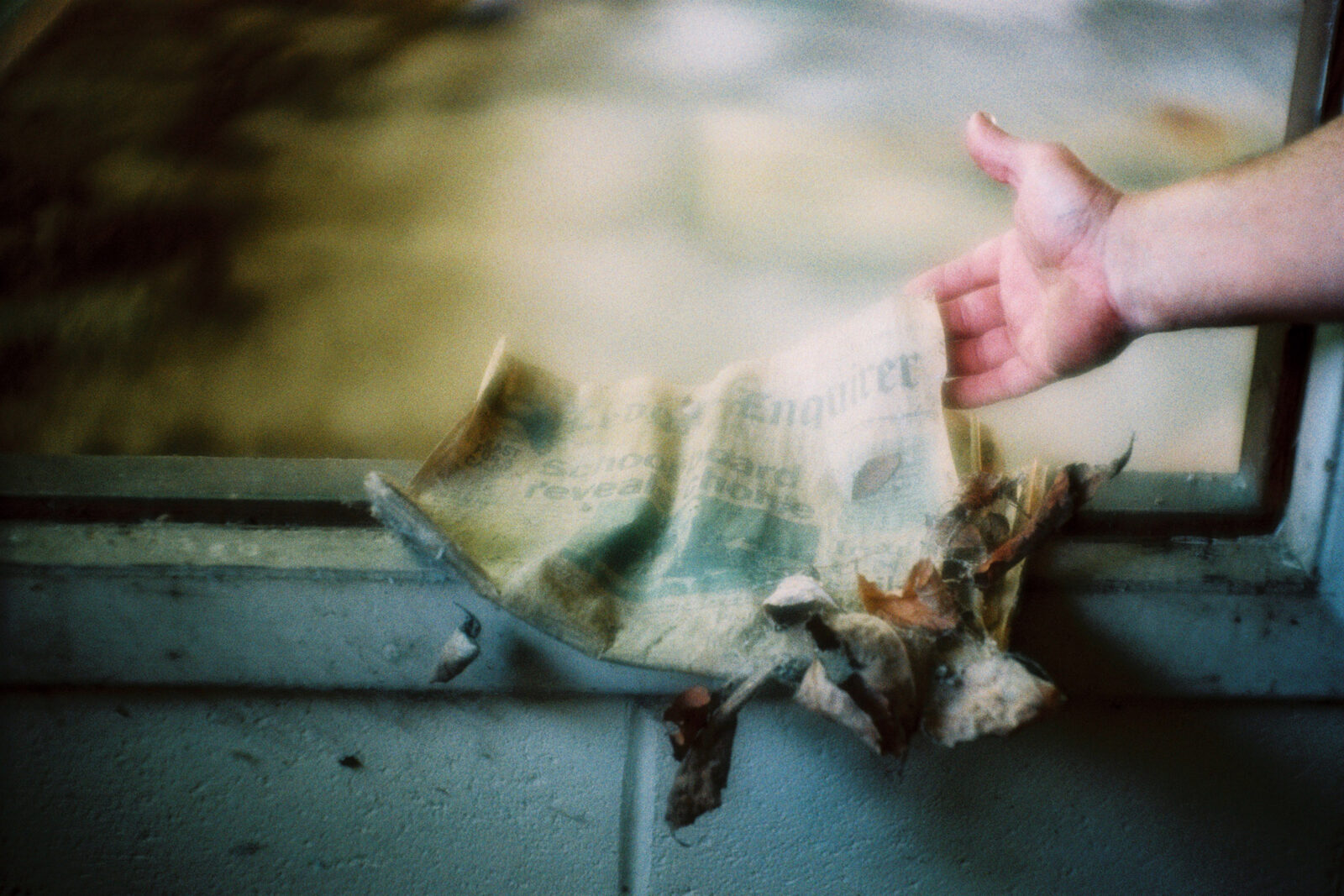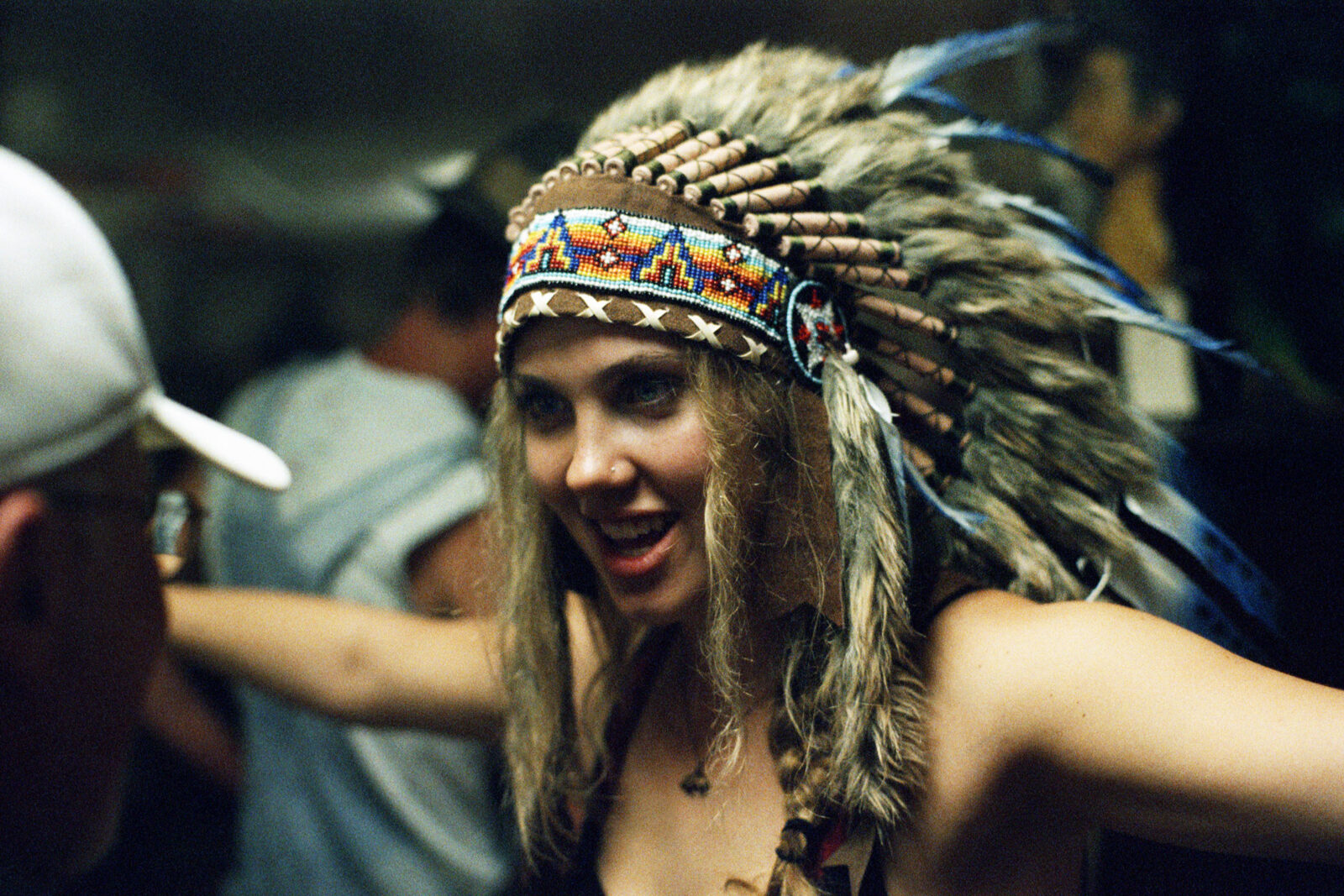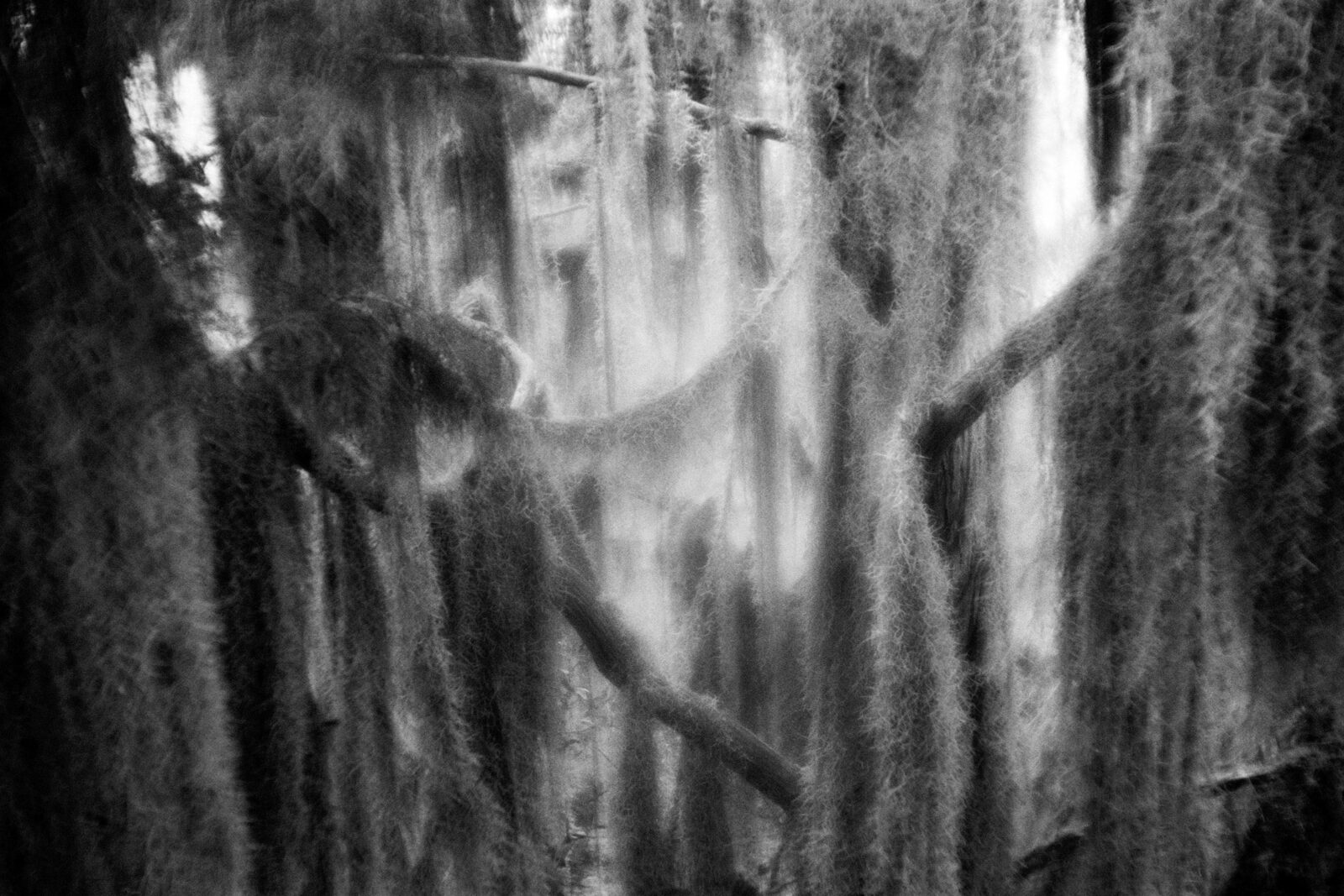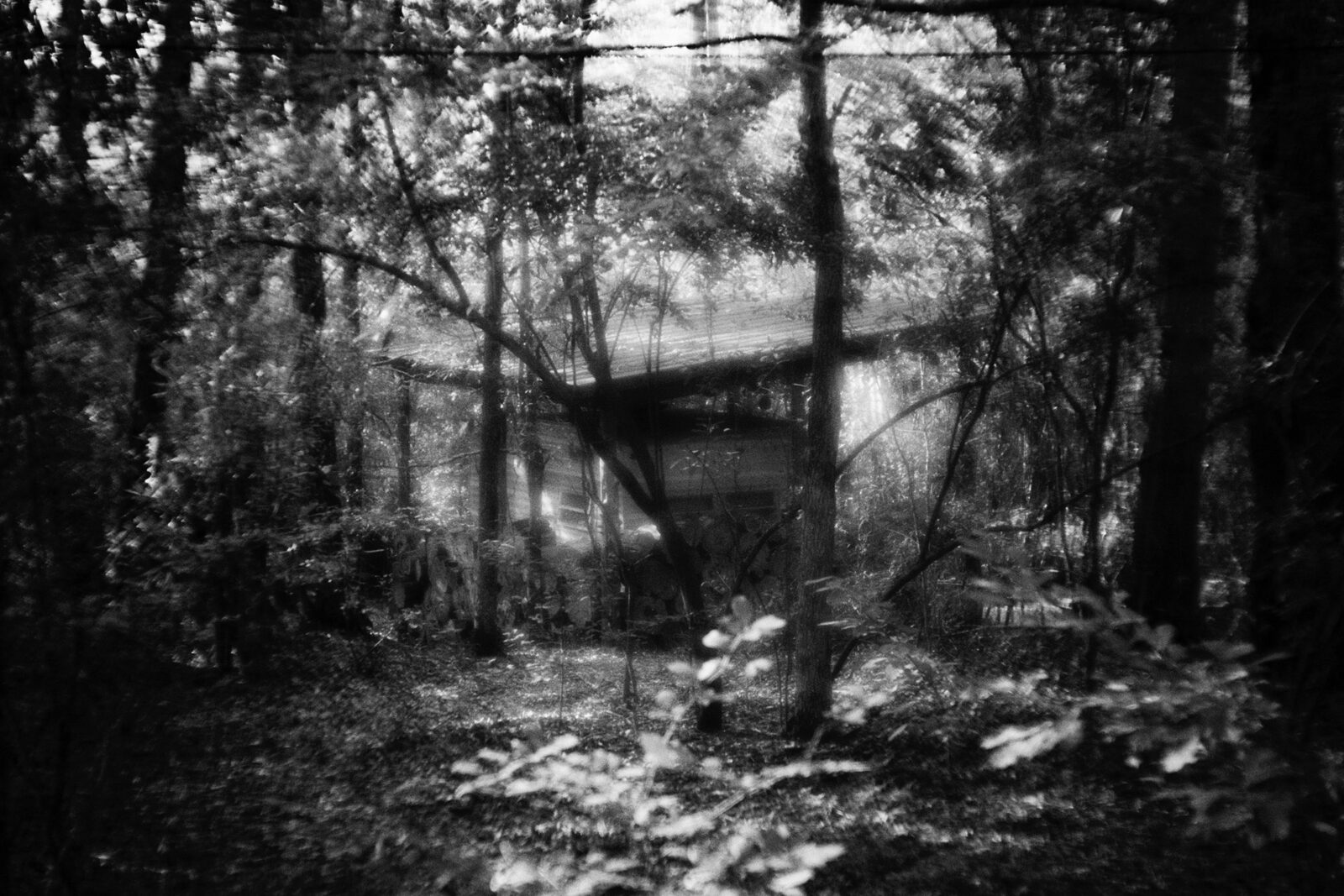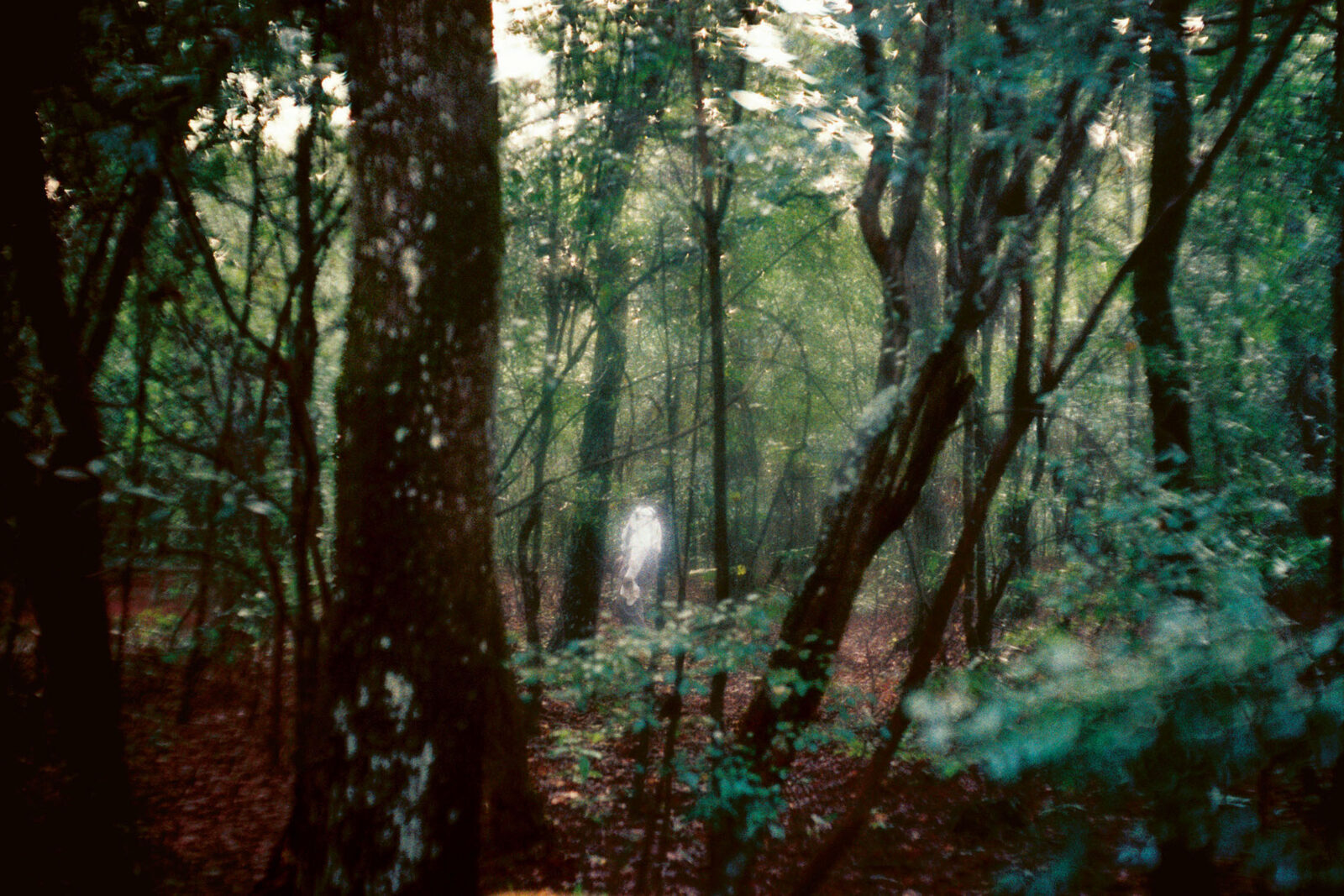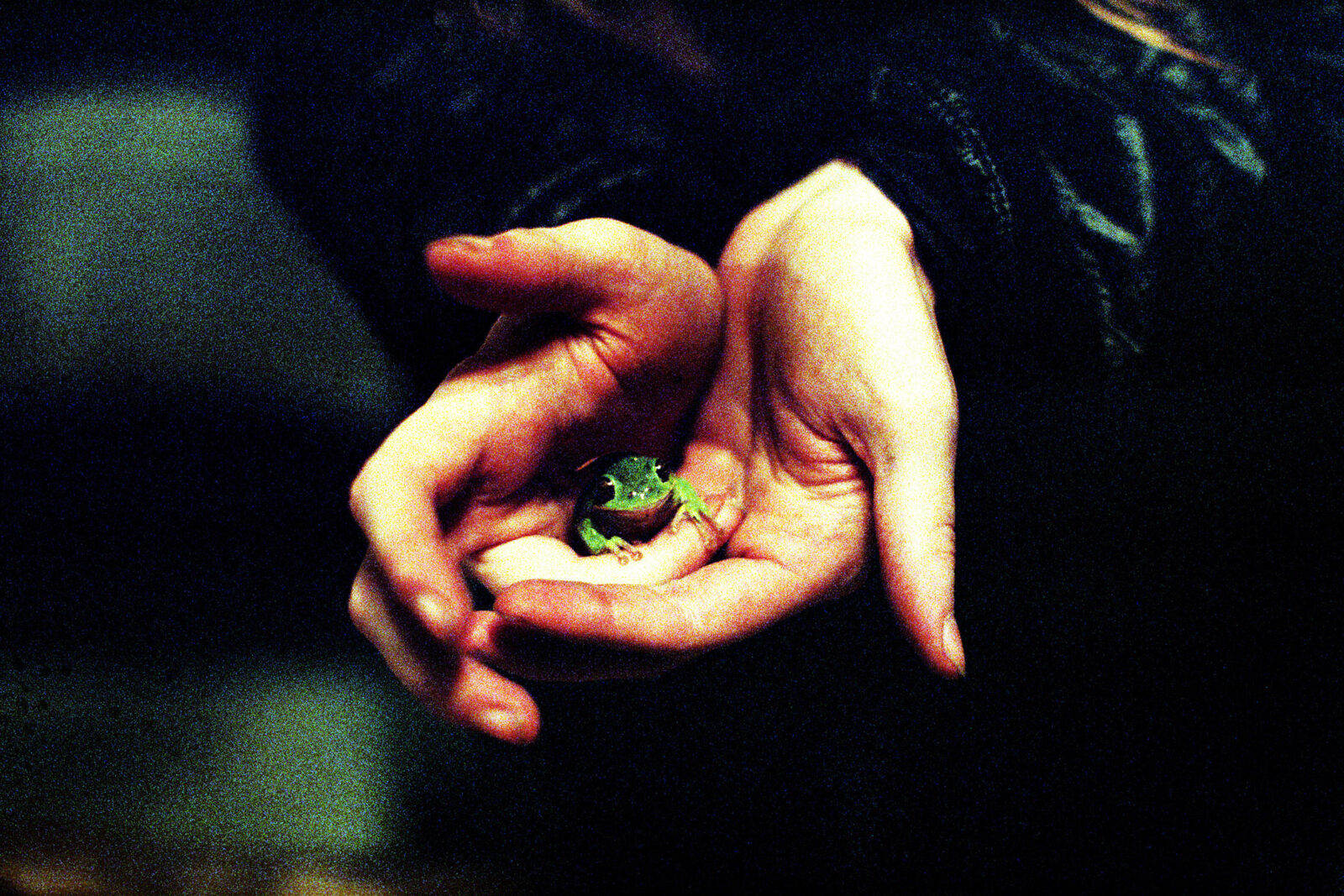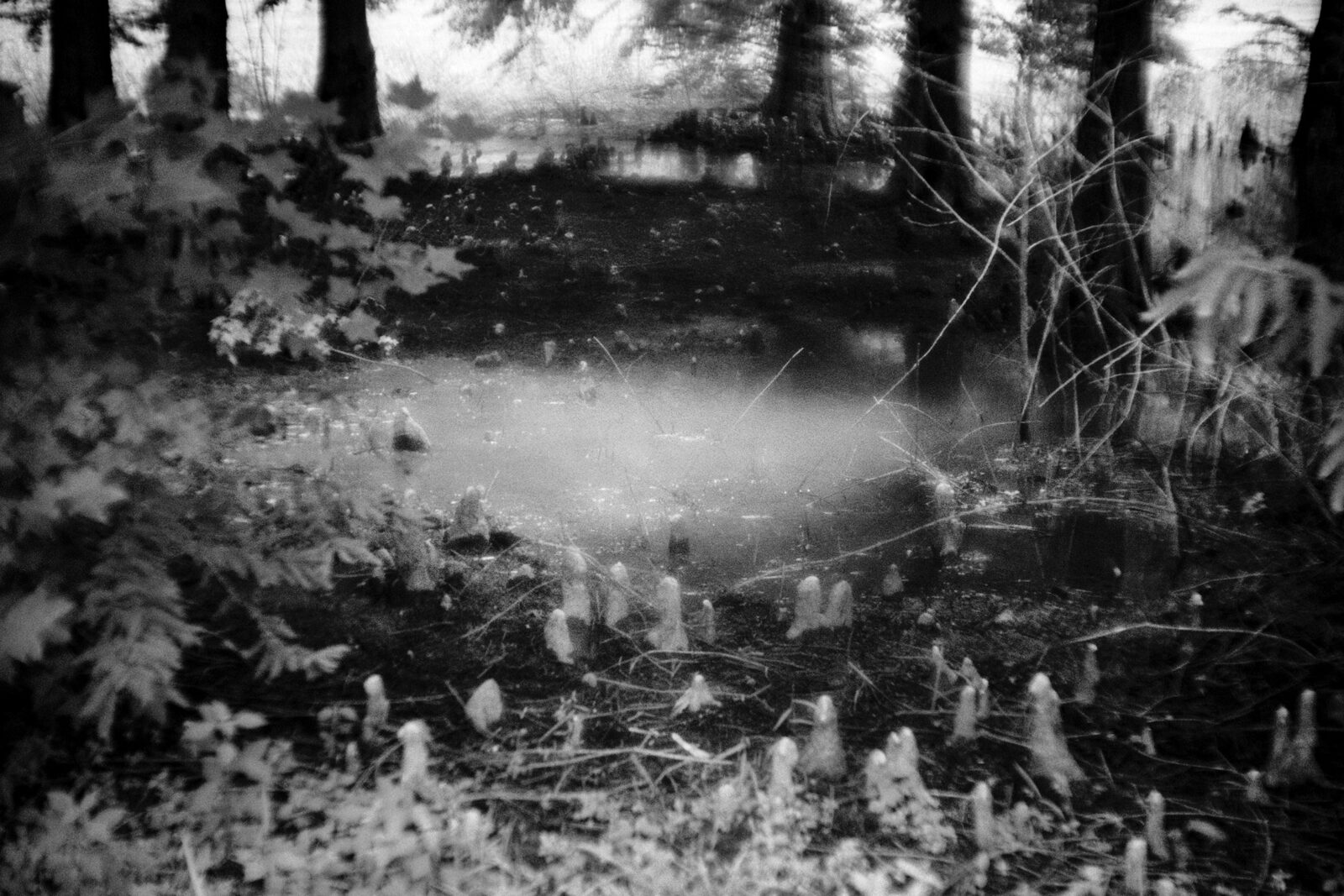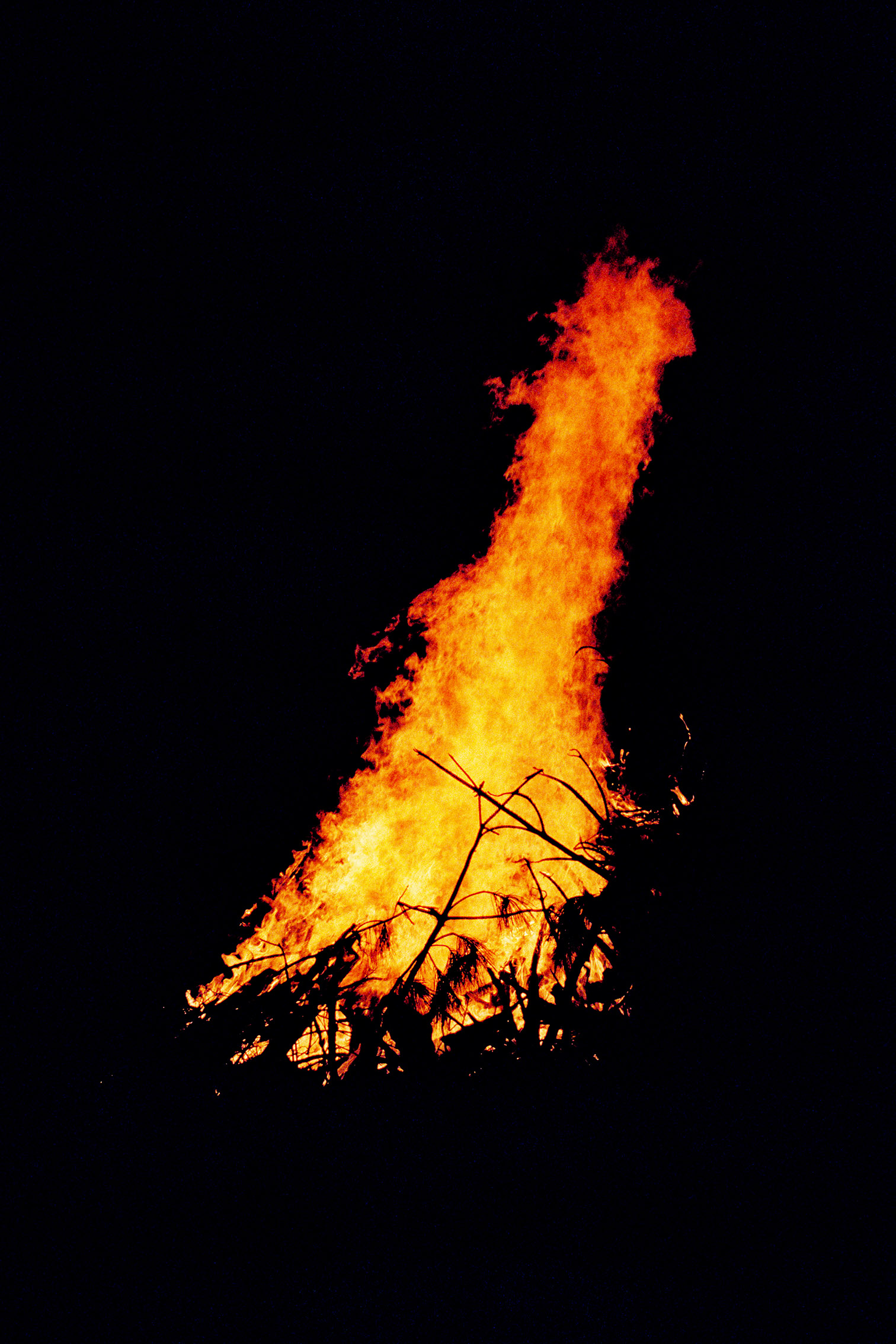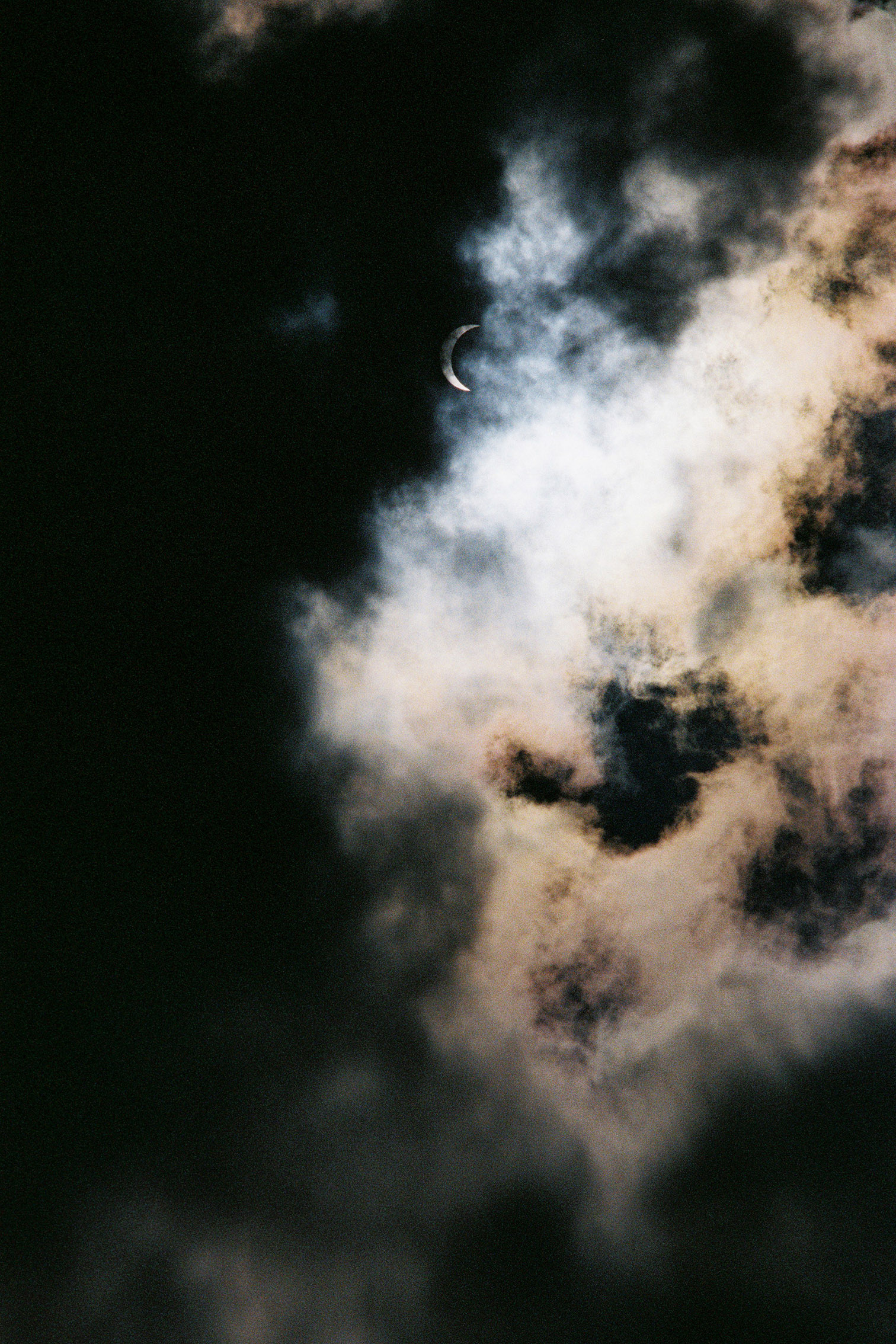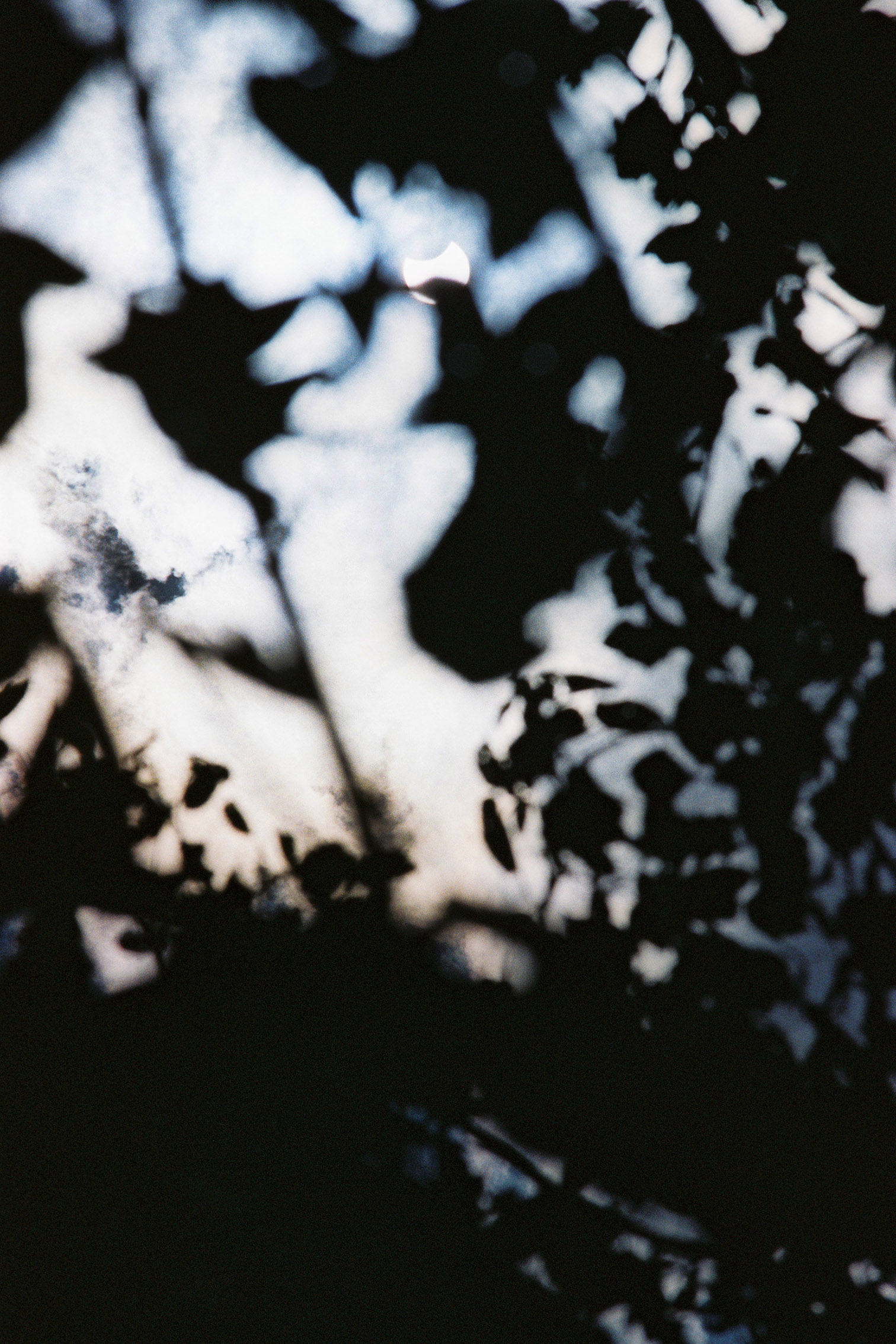Slowtime Alabama & The Beautiful Sadness, 2023 [book]:
1/23
I want to start with the elephant in the room: I do realize there’s something problematic about this project. I am a relatively rich, definitely white and privileged middle-aged European woman who can afford to fly to the other side of the world to steal photos and stories. I can afford to drive around to have quite an adventure, to see how people go about their lives in the poorest part of North America. I love the area and I’m really interested in its politics, landscape, Southern Gothic literature, music, but above all I am deeply interested in its inhabitants, who live their lives with resilience and vigor, sometimes in extreme circumstances. But: the fact that I think it’s fantastic is pure exotism, because it’s not fantastic at all. It can – at times – be truly horrible. Because this is a many-layered and complicated subject I do not immediately know how to respond to this problem, other than with this book.
I am a photographer/writer with an irrational fear of nature and a deep love for the Deep South of the US. In 2016 I finished a book about the years I travelled the area extensively: Due to Lack of Interest Tomorrow Has Been Cancelled, a seven-year study dealing with the Southern Gothic imagery and literature, divided in 7 chapters that each address a particular (universal) fear: the fear of nature and The Sublime, of violence, of God and the Devil, of Life, of Death. It ended with a chapter about the human condition.
In southern Alabama I’d met (outsider) artist Butch Anthony, who – together with his entourage – formed a pocket of tolerance. People of all walks of life got along just fine, considering their differences of opinion, gender, class, race. By now I’ve known Butch for 9 years and his piece of land on Dogwood Trail to me represents Arcadia – albeit an odd one, involving lots of beer, cigarettes and endless Southern conversation with unruly folk. That’s why I returned again and again to spend time with Butch and his friends because I felt the need to address the global rise of nationalism and xenophobia: the fear of the other. Of people with another religion, political conviction, sexual preference, skin color or gender. But alas: this place, where people had managed to put aside their differences, has sadly changed. As a result of the chosen authority the angry hoi polloi feel supported and superior, and I wanted to understand why. Hence, this book Slowtime, Alabama & The Beautiful Sadness.
For a photographer it’s not obvious to write, but I stumbled upon story after story, and some things are better told than photographed because the magic of a place should be imagined, rather than shown. And because it’s important to acknowledge the giants from the past, a lot of inspiration for the graphic design has been drawn from the absolute standard for a book in which text is equally important as image, the collaboration of James Agee and Walker Evans about the Deep South: Let Us Praise Now Famous Men (1939). But also, The Home Place (1948) by Wright Morris and The Sweet Flypaper of Life (1955) by Roy DeCarava and Langston Hughes. La France de Profil (1952) by poet Claude Roy and photographer/graphic designer Paul Strand has been an influence as well because of Strand’s translation of conceptual structures into typographical image, placed next to the photographs, to accomplish a visual relation.
The framework of this publication consists of three major parts: Departure, Initiation and Return. This refers to the structure of the hero’s journey, or the Monomyth, a common template of stories that involves a hero(ine)” who goes on an adventure. This concept was popularized in 1949 by Joseph Campbell in his book The Hero with a Thousand Faces. In Slowtime, Alabama the 13 chapters, or stages, are subtitled after the 13 steps the “hero(ine)” has to follow to bring the journey to an end. (The use of the word hero(ine) however, has become, in and of itself, problematic, as it is, traditionally, a concept defined by a male point of view with man/human as the top of the pyramid, thus neglecting the role of women, nature, and the world at large.) The predominant color in this publication is haint blue, the color that the Gullah, the descendants of enslaved people, used to paint their front porches with, to scare away evil spirits.
So, once upon a time, quite a while ago now, I set out looking for a Wonderland. I had many adventures, conquered a couple of fears and accidentally developed some new ones along the way. I learned a few lessons and returned back home, changed forever. A fairy tale, if you will…
Book design: Michaël Snitker
Fonts: ABC Synt (Mono, Turbo), ABC Monument Grotesk
Paper: Sirio Pearl Shiny Blue, Emotion Natural White, Munken Premium Cream, Circle Offset White
Lithography: Wilco Art Books, Mariska Bijl
Print: Wilco Art Books
Binding: Wilco Art Books, Herman van Waarden
Publishing house: Fw:Books
This project and book have been made possible with generous financial support by the Mondriaan Fund, Fonds Anna Cornelis, Stichting Stokroos, Jaap Harten Fonds en Het Cultuurfonds
To purchase the book, try here
